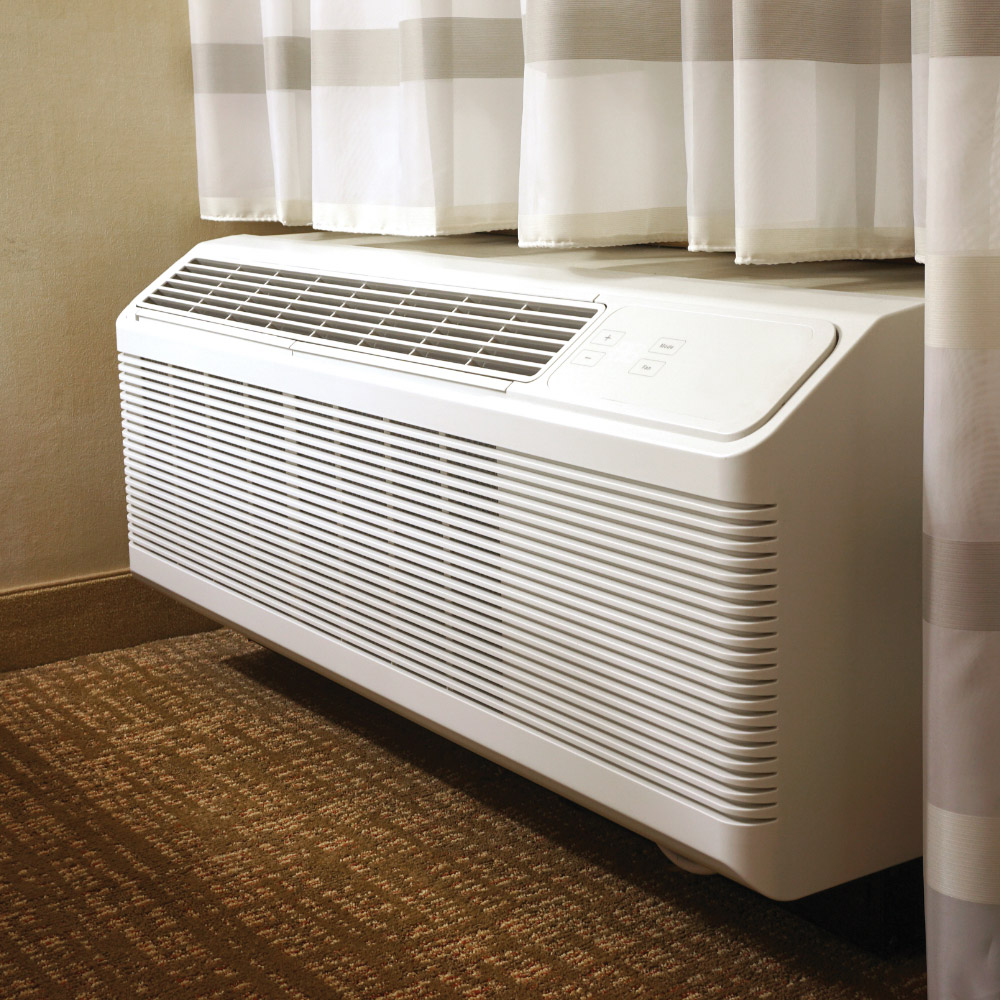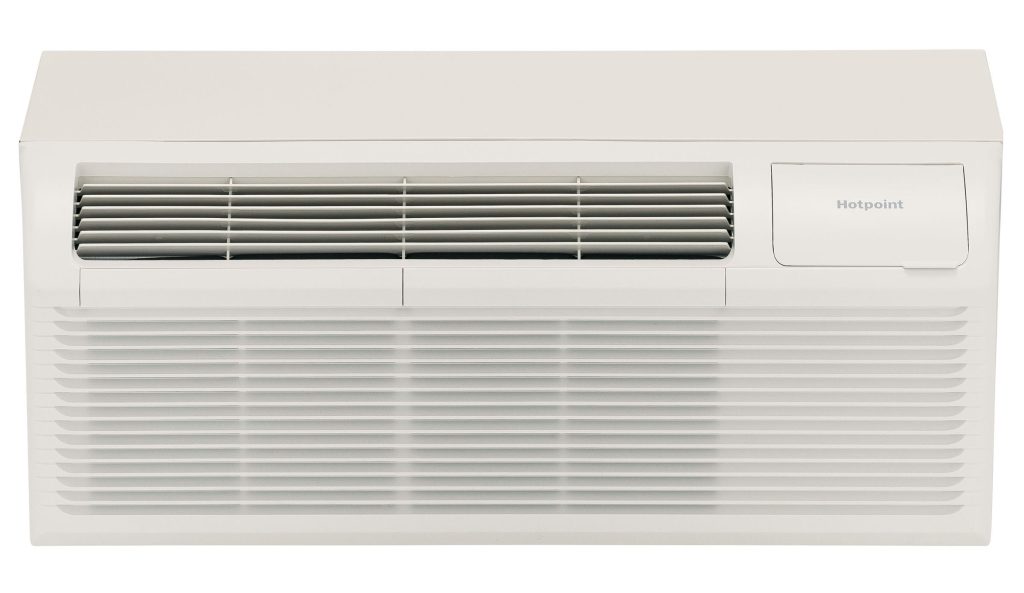PTAC units, or packaged terminal air conditioners, are a popular choice for providing heating and cooling in homes, apartments, and hotels. These versatile appliances are known for their compact design and efficient operation. However, like any appliance, they can experience common problems that may affect their performance.
As a PTAC unit owner, being aware of these common issues is essential for maintaining optimal operation and comfort in your living space. Knowing how to identify and address these problems allows you to prevent more significant complications and potentially continue enjoying a comfortable indoor environment. In the following paragraphs, we will discuss some common problems with PTAC units and provide guidance on addressing them.
Common Problems with PTAC Units
Temperature Mismatch Issues
One of the most common issues you might face with your PTAC unit is temperature mismatches. If your unit is not providing the desired temperature, it might be due to a faulty thermostat. Make sure that your thermostat is set to “cool” for cooling or “heat” for heating and is at the desired temperature setting. If the issue persists, it might require professional assistance to troubleshoot the thermostat.
Low Refrigerant Levels and Leaks
Low refrigerant levels can cause your PTAC unit to not cool properly. Insufficient refrigerant in the system may result in poor performance and efficiency. If you suspect a refrigerant leak, it’s essential to call a professional HVAC technician to detect the leak and replenish the refrigerant levels. Remember that refrigerant handling requires certified professionals.
Electronic and Wiring Troubles
Electronic issues and wiring troubles can lead to various operational problems with PTAC units, such as the unit not turning on or tripping circuit breakers. Check for any visible damage to wires or connections. If you don’t have experience dealing with electrical components, it’s highly recommended to contact a professional technician to diagnose and repair such faults in your PTAC unit.
Airflow and Filter Complications
Proper airflow is crucial for your PTAC unit to operate efficiently. Your unit might be blowing insufficient air or even no air if there’s an issue with the airflow. A clogged air filter can restrict airflow, leading to reduced performance and comfort. Make sure to clean or replace your air filter regularly to avoid airflow issues. Additionally, inspect the coils in your PTAC unit for dirt, dust, or debris accumulation and clean them as needed to maintain optimal efficiency.
By understanding these common problems, you can properly maintain your PTAC unit and ensure it continues to provide reliable and efficient heating and cooling for your space.

Troubleshooting PTAC Units
PTAC units are commonly found in hotels, motels, and apartments, providing energy-efficient heating and cooling. However, they can encounter problems such as leaking water, push buttons not working, or temperature mismatch. In this section, we will cover troubleshooting steps to help you identify and resolve common issues with your PTAC unit.
Identifying Error Codes
When your PTAC unit experiences an issue, it may display a unique code, such as FP, C3, C6, or L6. These codes refer to different problems, such as bad wiring, circuit breaker issues, or low refrigerant levels. To understand the meaning of these codes, consult your unit’s user manual or look up the specific code online.
Performing a Self-Diagnostic Test
Your PTAC unit may come equipped with a diagnostic mode that can help you identify and resolve issues. To enter this mode, follow the instructions in your user manual. Once in diagnostic mode, you can check for potential problems such as refrigeration errors (e.g., C2), issues with the heat sentinel mode, or airflow alerts (e.g., C7). Keep a note of any error codes you encounter, as they may be useful when discussing your unit with an HVAC technician.
Resetting and Maintaining the Unit
If your PTAC unit encounters an issue, performing a manual reset may help clear the problem. To reset an Amana PTAC, for example, you can turn the master switch to the “off” position, then press and hold the “cool” and “heat” buttons simultaneously while turning the switch back on. Once your unit is reset, be sure to maintain it regularly to prevent issues from reoccurring. Here are some maintenance tips for keeping your unit in good shape:
- Clean or replace air filters: Dirty or clogged air filters can cause a host of problems, including reduced airflow and strain on the system. Clean or replace your filters every month, or more frequently if your unit is in a dusty environment or operates continuously during the summer.
- Inspect drain pan and drainage system: Water leakage and moisture problems can lead to mold growth, which may cause health issues for occupants. Regularly inspect and clean the drain pan and ensure the unit’s drainage system is functioning properly.
- Check for proper sealing and insulation: Inspect the weather stripping around your PTAC unit and any gaps in the unit’s sealing, as improper sealing can lead to drafts and reduced energy efficiency. If necessary, replace the weather stripping or seal the gaps with appropriate materials.
- Schedule regular maintenance with an HVAC technician: Some issues, such as shorted wires, fan motor problems, or evaporator coil issues, may require technical skills and expertise to resolve. Schedule regular maintenance with a qualified HVAC technician to catch and fix these problems before they escalate.
Following these troubleshooting tips and regular maintenance practices can help you maintain your PTAC unit’s energy efficiency, prolong its lifespan, and ensure a comfortable living environment.

Amana PTAC Troubleshooting and Complete Guide to PTAC Units
PTAC (Packaged Terminal Air Conditioner) units are commonly used as heating or cooling systems in homes, apartments, and hotels. They are particularly popular for their compact design and efficient operation. However, like all appliances, PTAC units can encounter problems. This article provides a complete guide to understanding, troubleshooting, and maintaining PTAC units, specifically focusing on the popular brand Amana PTAC.
Understanding PTAC Units
What are PTAC Units?
PTAC units are typically installed in wall sleeves or windows and are used to cool the space in a specific area. They are designed to provide both heating and cooling functions, making them versatile appliances suitable for varying weather conditions. Unlike central air conditioning systems, PTAC units do not provide ventilation air to the entire building but rather serve individual rooms or spaces.
Air Conditioning Unit and Cold Air Production
Within the unit, the cooling system operates by removing heat and moisture from the air. It releases cool air into the room while expelling the hot and humid outdoor air. Regular maintenance is needed to keep the unit producing cold air efficiently.
When You Need to Replace Parts of the Unit
Certain parts of the unit, like the power cord or condenser coils, may wear out over time and need to be replaced. Regular inspection is essential to identify any components that may cause problems and need to be replaced.
Air Quality Concerns
Indoor air quality is a critical consideration when using a PTAC unit. Units must be adequately maintained to prevent mold problems or air leakage that can lead to poor air quality within the room.
Common PTAC Unit Issues
PTAC units cannot operate effectively without proper care. The following are common problems related to PTAC units, including specific issues when your Amana PTAC is not working:
Mold and Moisture Problems
Improper drainage or failure to clean the coils can result in moisture accumulation within the unit, leading to mold and moisture problems. It’s vital to keep the unit clean to avoid these issues.
Spitting Water and Air Flow Troubles
Some PTAC models might have problems related to spitting water or inadequate air flow. These issues often require professional ptac repair and need to be addressed promptly to prevent further complications.
Error Codes and Troubleshooting
When your PTAC unit experiences a problem, it may display an error code. Always check the owner’s manual to understand the meaning of these codes. For Amana PTAC units, there might be specific guidelines for troubleshooting based on the error code displayed.
Maintenance and Repair
Regular Cleaning
Regular maintenance, including the need to clean the filter and coils, is crucial to prevent many PTAC unit problems. Cleaning the filter helps in maintaining indoor air quality and ensuring efficient cooling function.
When to Call an HVAC Professional
Some issues might be difficult to fix by yourself, such as water from draining improperly or specific electrical problems. In these cases, you’ll need to call an HVAC professional who can verify compliance with codes and standards and provide the necessary repair services.
Comparison with Central Air Conditioning
While PTAC units offer a localized solution for heating or cooling, central air conditioning systems provide temperature control for the entire building. The choice between PTAC and central air depends on the specific needs and structure of the property.
PTAC units, including Amana PTACs, are widely used for their versatility and efficiency. However, they come with their set of challenges and maintenance needs. Understanding these units and their common issues is essential to keep them operating optimally. Regular cleaning, timely replacements, and professional interventions when necessary are key to ensuring a comfortable living space.
By following this complete guide, users can maximize the benefits of their PTAC units while minimizing potential problems. Whether it’s managing air flow, addressing cooling function issues, or dealing with more complex troubles that require an HVAC professional’s attention, proper care, and maintenance can lead to a long-lasting and efficient PTAC system.
When to Call a Professional
Complex Issues Beyond DIY
While some minor issues with your PTAC unit can be resolved through basic troubleshooting and DIY fixes, there are instances when you should call a professional service technician to handle more complex problems. For example, if your PTAC unit is continuously displaying a red dot or “FD” error code, this indicates that there’s a problem with the front desk switch, and a technician is needed to address it.
Another situation that requires professional intervention is when your PTAC enters emergency hydronic mode or load shedding mode. These modes usually get activated when there’s a critical issue with the unit’s operation, and a service technician’s expertise will be necessary to pinpoint and resolve the problem.
Safety Concerns
Your safety should always be a priority when it comes to dealing with electrical appliances like PTAC units. If you ever feel uncomfortable or uncertain about handling a maintenance or repair task, do not hesitate to reach out to a professional. They are trained to work with electrical equipment and can safely handle issues that may pose a risk to you.
Additionally, if you notice any electrical issues such as sparks or burning smells coming from your PTAC unit, immediately shut the power off and contact a technician. These could indicate serious problems that need to be addressed without delay to prevent further damage or even the risk of a fire.
Best Practices
Regular maintenance is crucial to keep your PTAC unit functioning optimally and preventing frequent problems. However, when it comes to performing certain maintenance tasks, hiring a trained technician is the best practice. They can accurately assess the condition of your unit and perform necessary tasks like cleaning or replacing specific components, ensuring your PTAC operates at its maximum efficiency.
By sticking to a regular maintenance schedule and calling a professional when needed, you can extend the lifespan of your PTAC unit and enjoy consistent comfort in your living space.

Mason Harper is a dedicated and passionate home comfort and air quality expert. With a degree in Mechanical Engineering from the Massachusetts Institute of Technology, and over a decade of experience in the HVAC industry, Mason has an in-depth understanding of the technical elements of air quality and home comfort products.




Leave a Reply